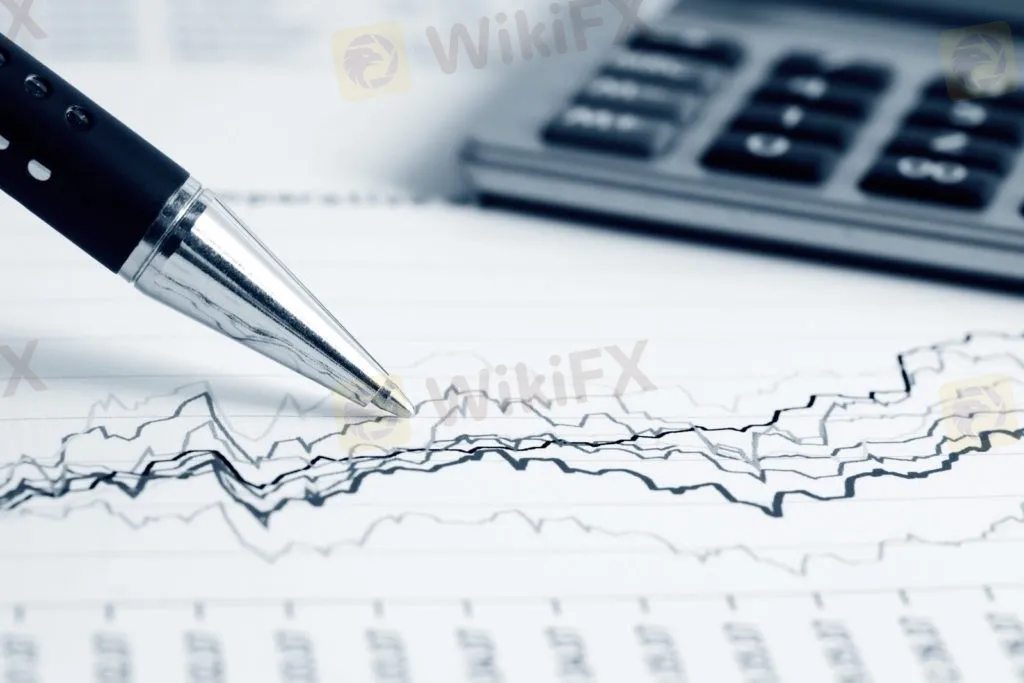Market Recap (April): Markets think peak Fed rates are in
Sommario:Most global central banks may be either close to a peak or already done with interest-rate hiking, auguring a hiatus before possible monetary loosening comes into view.

Most global central banks may be either close to a peak or already done with interest-rate hiking, auguring a hiatus before possible monetary loosening comes into view. It has been a quieter month with volatility measures in the main financial markets dropping sharply, especially from their lofty levels in March during the banking crisis. The Vix, “Wall Streets fear gauge” has sunk below its recognised long-term average around 20. The real-time index measures market expectations for volatility over the coming 30 days in S&P 500 index options and spiked up above 30 a few weeks ago.
Does that mean we are over the banking crisis? Stock markets imply minimal damage to the economy with mostly solid Big Tech results grabbing the headlines during the first quarter earnings season. Bond markets also dont point to anything too bad for the economy. That said, the projected Fed funds rate for next January is still a full percentage point below its level on March 8 just before SVB blew up. As we said last month, bank failures mean financial conditions tighten and the economy will slow down, bringing inflation lower too.
Money markets think its “one more (25bp) rate hike and done” for the Fed, with the chance of rate cuts by the end of the year. But this is at odds with what officials were guiding ahead of their meeting in early May. The dollar tested its year-to-date lows from February and is trying to build a base above this trough. Other central banks, notably in Europe, are being seen as more hawkish with at least two more rate hikes. This has seen decent gains in the EUR, CHF and GBP with these majors making fresh cycle highs. But they have struggled slightly with decisive closes for more upside.
The European Central Bank and regional counterparts might keep going longer and even aspire to keep restrictive settings in place, but a shift in gear for US monetary policy led by Chair Jerome Powell would be an important signal to global peers.
Major events of the month, in numbers:
* $2,000: Gold continued to enjoy support by banking sector concerns after First Republic Bank plunged and finally fell into the arms of Jamie Dimon and JP Morgan. Bond yields did trade softer over the month, while the dollar in broad terms remained under pressure. ETF holdings backed by bullion jumped to their highest since January 10. The market expects Fed rate cuts before year-end. That means any signal that goes against this assumption may act as a short-term drag on prices. Resistance remains at the symbolic $2,000 with $2,048 and $2,070/75 tops still close but a struggle during April.
* 14%: Meta shares popped higher after the company reported Q1 numbers that beat expectations on the top and bottom lines. Positive guidance also cheered investors as cost discipline drove near-term revenue growth. This all comes while the firm continues to invest in A.I and the metaverse. The Facebook owner‘s shares have now rebounded from a rough 2022 to double in value so far this year. The wider S&P 500’s gains in 2023 are virtually all being driven by a handful of Big Tech stocks.
*+10.1%: The UK has an inflation problem with the country‘s main measure of CPI remaining in double digits. Surging food prices have been a big issue, but the headline data is likely to ease in the months ahead. This isn’t expected to stop the BoE from lifting rates for a 12th straight hike in May by 25bps to 4.5%. Inflation is running at five times its 2% target and a peak rate of 5% is now fully priced in. GBP made a new top at 1.2583 at the end of the month as sterling continued to confound many doomsters.

WikiFX Trader
FXTM
Exness
DBG Markets
GMI
TMGM
FOREX.com
FXTM
Exness
DBG Markets
GMI
TMGM
FOREX.com
WikiFX Trader
FXTM
Exness
DBG Markets
GMI
TMGM
FOREX.com
FXTM
Exness
DBG Markets
GMI
TMGM
FOREX.com
Rate Calc

